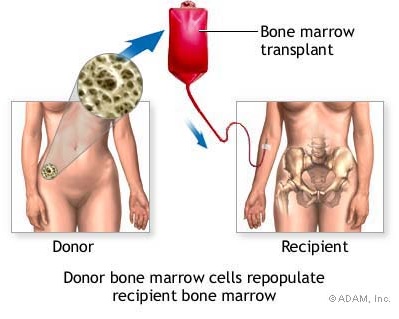The Programmable Bio-Nano Chip system is the future of healthcare diagnostics.
Six clinical trials have been carried out by the McDevitt Lab in Houston. The clinical trials were carried out between 2009 to 2013 and involved testing the programmable bio-nano-chip for major diseases in the areas of cardiac heart disease, oral cancer, ovarian cancer, prostate cancer and drugs of abuse.
The programmable bio-nano-chip technology has the potential to change the practice of medicine by incorporating key advances in software, electronics and communication sectors for early detection of disease. This new technology enables new medical diagnostics to be delivered, via high performance, accurate data at a reduced cost that will be directly submitted to the healthcare provider and patient.
These nano bio chip sensors are capable of measuring the molecules of life that are present in complex bio-fluid samples taken from blood, urine and saliva. This information is then reprogrammed, like software, so that new clinical applications can be created quickly and in a cost-effective manner. Major work is now underway to swiftly move these medical micro-devices from the bench to the bedside. The video below gives a quick overview.
The PillCam
Currently, the PillCam is being designed for those patients who are not candidates for colonoscopies, which translates to nearly 750,000 in the US alone.
The Food and Drug Administration (FDA) has just approved a digestible pill (DP) called the PillCam, designed by Given Imaging, Ltd (GIL).
GIL is an Israeli-based corporation that develops defense systems for military applications.
This concept utilizes a battery powered mini camera in the form of a pill that can take high-speed photos of the intestinal tract for an estimated 8 hours while recording information that can later be retrieved by a physician. These pill-cams have the ability to get to areas where the standard colonoscopy doesn’t.
The standard colonoscope uses a thin, flexible tube that has a small video camera attached to the colonoscope, so the Doctor can take pictures. This looks at the colon and lower part of the small intestine. Another test called sigmoidoscopy shows only the rectum and the lower part of the colon. However, current colonoscopy procedures do have restrictions in terms of what can be imaged, and they are quite intrusive. The PillCam is a clear advancement. The second video below explains more.






